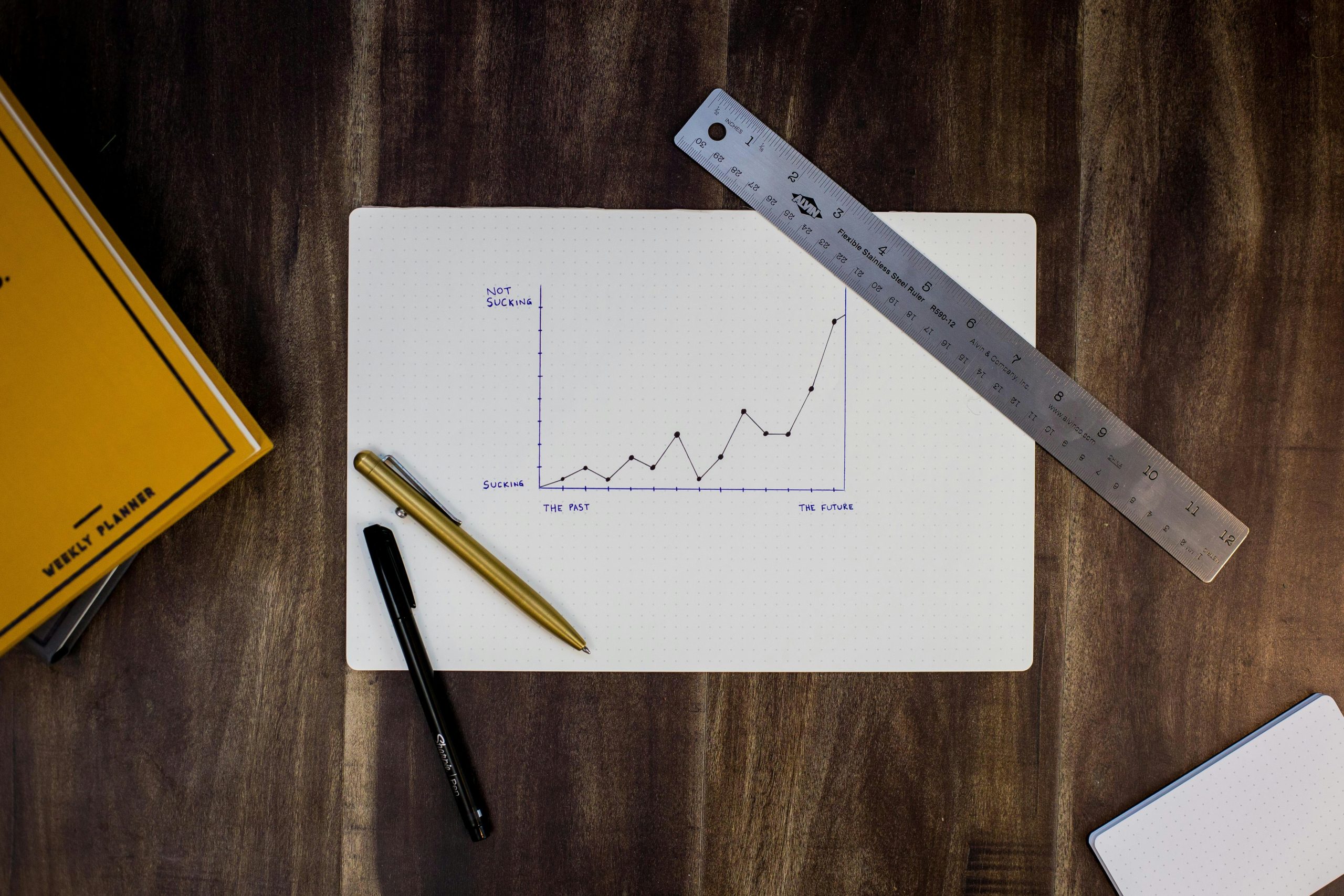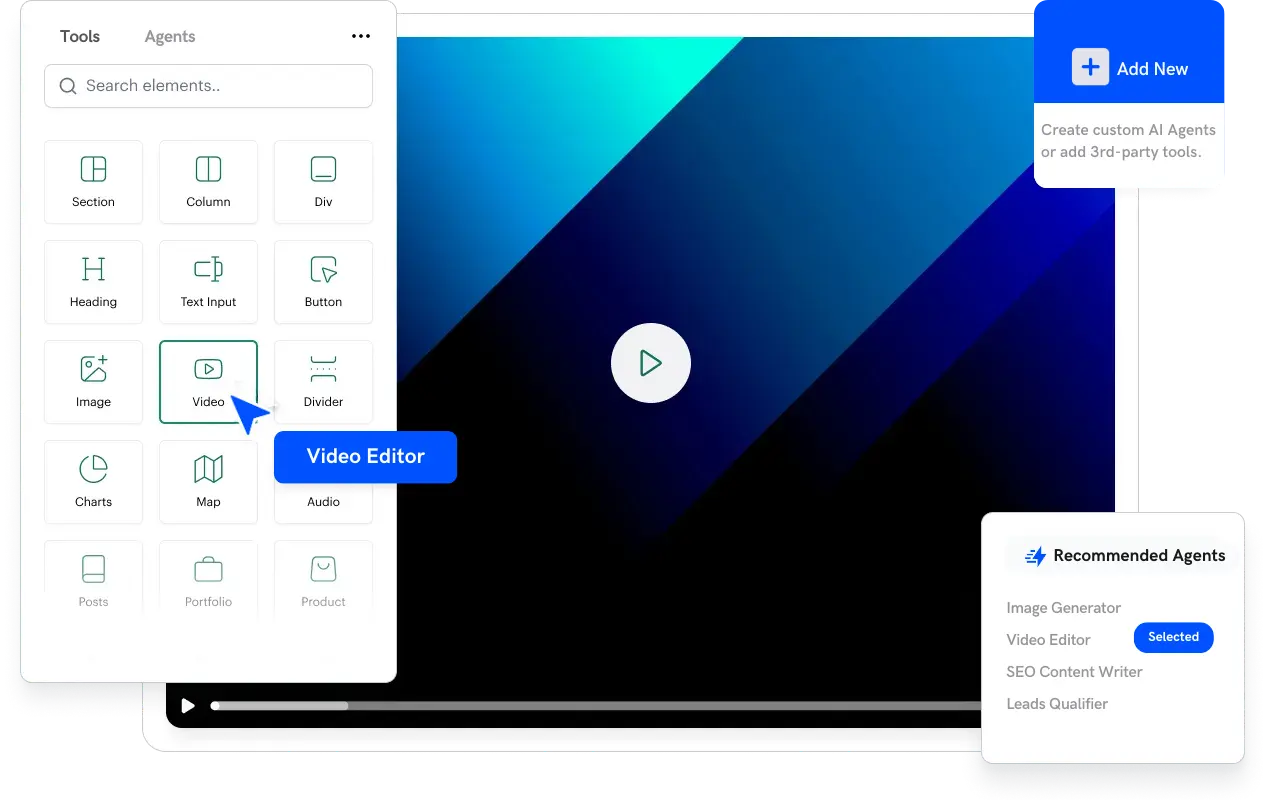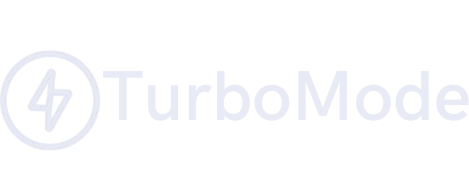In today’s data-driven world, measuring productivity accurately is essential for maintaining a competitive edge. Traditional methods of productivity assessment often fall short when it comes to capturing the full picture of modern work environments. This is where AI-driven analytics come into play. By harnessing the power of artificial intelligence, organizations can monitor a multitude of performance indicators in real time, leading to more informed decisions and more efficient workflows.
AI tools analyze vast amounts of data from various sources, including project management systems, communication platforms, and even individual performance metrics. This comprehensive approach allows companies to identify trends and pinpoint inefficiencies that would otherwise go unnoticed. For example, if a particular team consistently struggles with meeting deadlines, AI can analyze work patterns, flag recurring issues, and suggest targeted interventions to improve performance.
One of the standout features of AI in productivity measurement is its ability to provide actionable insights. Rather than simply reporting raw data, AI platforms interpret the numbers to reveal underlying causes of inefficiency. Detailed dashboards highlight key performance indicators (KPIs) such as task completion rates, time spent on specific activities, and overall team productivity. This level of granularity empowers managers to make data-driven decisions that can streamline operations and boost business growth.
Another significant advantage is the real-time nature of AI analytics. Unlike periodic performance reviews, which often rely on outdated information, AI systems continuously monitor workflows and deliver immediate feedback. This immediacy means that adjustments can be made on the fly, preventing small issues from snowballing into major setbacks. As organizations adopt these tools, many are finding that the speed and accuracy of AI-driven insights are key factors in sustaining long-term productivity.
Moreover, AI-driven analytics are highly adaptable to the unique needs of each business. Customizable dashboards allow organizations to select the metrics most relevant to their industry and operational goals. Whether it’s tracking the productivity of a remote workforce or measuring the impact of a new process on efficiency, AI tools provide the flexibility required to monitor and optimize performance in a way that traditional methods simply cannot match.
The benefits of AI in measuring productivity extend to individual performance as well. Personalized analytics enable employees to understand their own work patterns, identify areas for improvement, and set measurable goals. This self-awareness leads to higher levels of accountability and motivates individuals to adopt more efficient work habits. In turn, the collective improvement at the individual level contributes to a significant boost in overall team performance.
In conclusion, measuring productivity with AI is not just about collecting data—it’s about transforming raw numbers into actionable strategies that drive business success. By leveraging AI-driven analytics, organizations can monitor critical metrics in real time, address inefficiencies proactively, and foster a culture of continuous improvement. As more companies adopt these technologies, the role of AI in productivity measurement is poised to become an essential element of modern business strategy, paving the way for smarter, data-driven decision-making.




